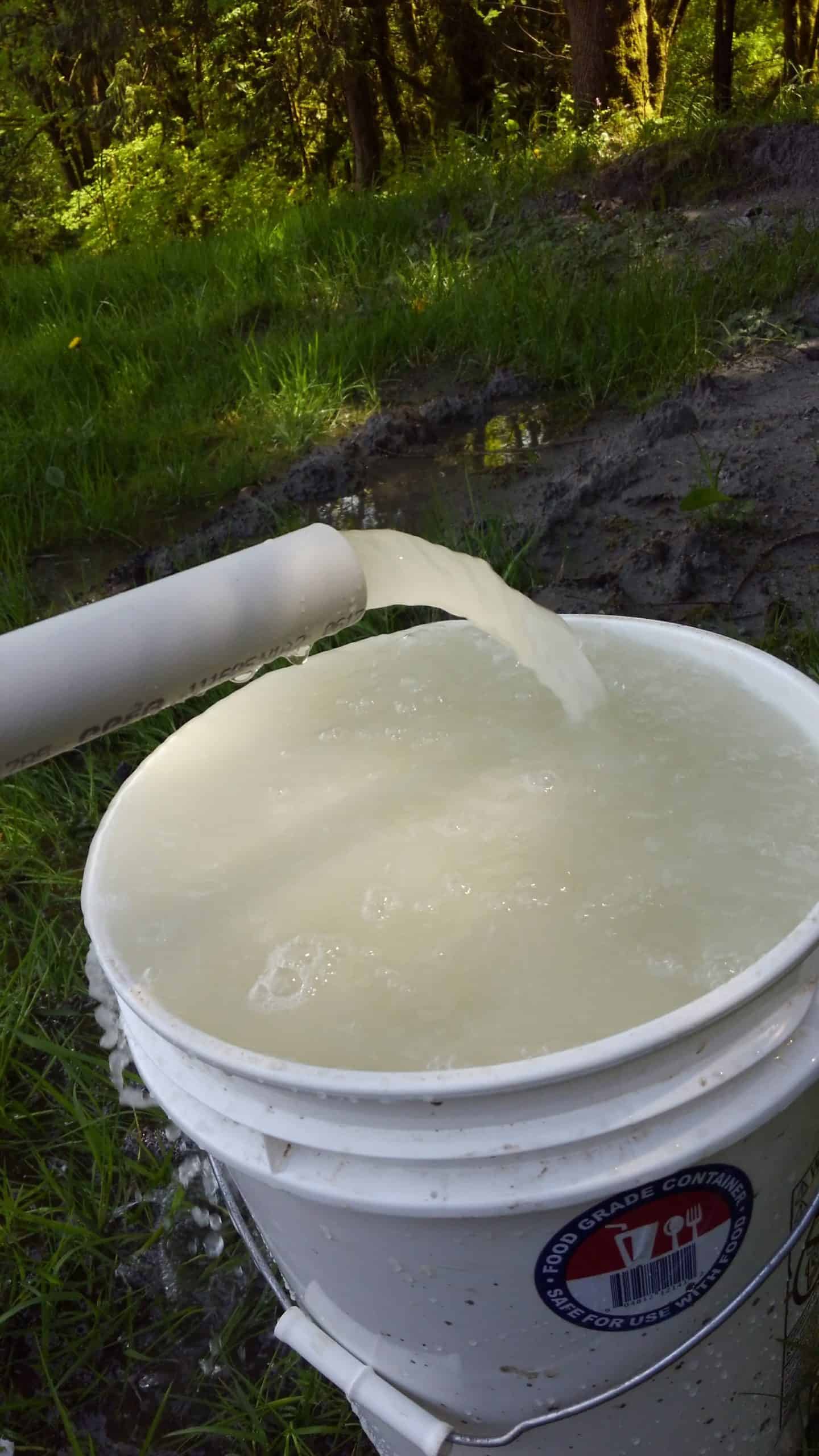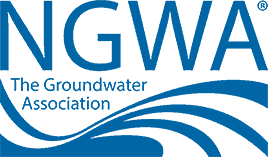Is your system trying to tell you somthing?
Here in the United States water is one of the things we take most for granted, in regards to home ownership. If you live in a city, your water is most likely provided by the local water district and you pay for what you use.
When your home’s water comes from a well, things are different. You don’t have to pay for the quantity used, but you do have to pay for the equipment and the electricity to run it.
This equipment isn’t cheap and just like your car requires replacement parts and maintenance throughout its life cycle, your well system will too.
The following list contains some of the signs that you might need well system maintenance or replacement.
1. Air in the Pipes
Have you ever opened up your faucet or hose bib and the water coming out sputtered for a couple of seconds? This is caused by air pockets and bubbles in the water. While having air bubbles in your water from time to time (such as after a water filter cleaning or power outage) is normal, frequent air pockets in your water is definitely a cause for concern.
There are many possible causes of air in your water. Some of these are: holes in your water line, bad pressure tanks or low water levels in the well.
The fixes for these problems can range from a leaky pipe repair to a pressure tank replacement or even a well rehab. A well rehab is when the pump is pulled out of your well and the well is cleaned, removing any debris that has built up in the bottom of it.

2. Decreases in Water Pressure
Decreases in water pressure are not all that uncommon and can be caused by many different things. Have you ever tried to water your lawn, while running the dishwasher, the washing machine and the shower? Typically in scenarios like this you will notice that your water has much less force behind it. This decrease in water pressure is totally normal and is a result of using more water than the pump can supply at one time.
On the other hand if a decrease in water pressure seems permanent or to happen no matter how much water you use that could be a warning sign of a system failure.
If you’re noticing a permanent pressure decrease the first thing you should look for is how many fixtures are affected. If it’s just one or two fixtures it could be that they have screens in them that have been plugged. All you have to do is take the screen off and clean it and it should fix the pressure problem.
If you notice that the decrease in pressure is relatively the same across all of the fixtures there are a number of other causes that could be affecting water pressure. These causes include plugged water filters, holes in pipes, obstructions in pipes, worn out pumps, and bad pressure tanks.
With this many different possible causes, the best thing for you to do is call a professional to diagnose the problem. Some of the following solutions may be recommended after a professional evaluation: pressure tank replacement, fixing leaky pipes, pump replacement, or filter maintenance.
3. Decreases in Water Quality
Bad water quality is a common issue dealt with by homeowners who have wells. One good way to tell if your system needs maintenance is if the quality has changed or remains consistently poor.
If the quality has been poor through the entire system’s lifetime, it is definitely worth your time to have a filtration expert give you a quote on addressing the issues. Our article “What’s in your well water?” has more information about well contamination and when you need to call an expert. But it’s not necessarily a failure of the whole system. On the other hand if you already have filtration or your water quality suddenly becomes worse, then there is most likely something wrong with the system.
Some of the common causes in water quality changes are as follows. Failure of water treatment system from overdue maintenance, build-up of debris at the bottom of a well and dirty or extremely old holding or pressure tanks.
There are a handful of solutions for this, the primary one being to install and maintain a water treatment system. It is important to remember that water treatment systems cannot be installed and just forgotten. They must be maintained even if they have an automatic cleaning feature. It is recommended to have a filter maintenance scheduled at least once a year.
The second commonly used solution for a well with a lot of debris is to perform a rehab and remove all that debris from the bottom of the well.
Finally, it is important to understand that pressure tanks have a lifespan of 10 to 15 years. Anything over that is likely to have multiple issues including harboring dirt and bacteria. While storage tanks don’t have the same life span, it is important to understand that if the lid is not properly secured contaminants can get inside. Even if the lid is secure it is not uncommon for old storage tanks to have debris from the well build up at the bottom. With this in mind, it is always a good idea to replace a pressure tank before it reaches the end of it’s lifespan and to clean or replace storage tanks that are dirty.
Subsurface contaminants unlike surface contaminants come from the minerals in the aquifer and have many more treatment options then surface contaminants. In the Western Washington the most common subsurface contaminants you will come across are as follows: iron, hardness, arsenic, and unbalanced pH. Some of the less common contaminants, though still present to are: sulfur, sodium, manganese and nitrates.

4. Pump Frequently Starts and Stops
Water well pumps work in tandem with your pressure tank, in order to maintain a steady amount of water pressure and supply to your house throughout the day.
With that in mind, your pump is only meant to run a few times a day and most of the work maintaining water storage and pressure is done with the pressure tank. If your pump is turning on and off frequently (also known as short cycling) it is a sign that something is wrong with the system. This rapid cycling will wear out your pump prematurely.
The most common causes of a pump short cycling are bad pressure tanks or holes in the pipe. One less common problem is an improperly sized pressure tank. If the pressure tank is too small it will cause the system to short cycle.
The most common fix for a short cycling pump is to replace the pressure tank or leaking pipe. It is important that this is done as soon as possible because a short cycling pump will reduce the lifespan of the pump drastically. It is not uncommon to see a pump that would last 10 or more years have a lifespan of 3 because of short cycling.
While this is not a full list of every problem your system could have, this should give you a fairly good reference to whether or not you should call an expert in to take a look at your system. If you live in King or Snohomish County, feel free to give us a call and we would be happy to schedule an appointment. If you live in Washington outside of those counties feel free to give us a call to see who we recommend outside of our service area.




